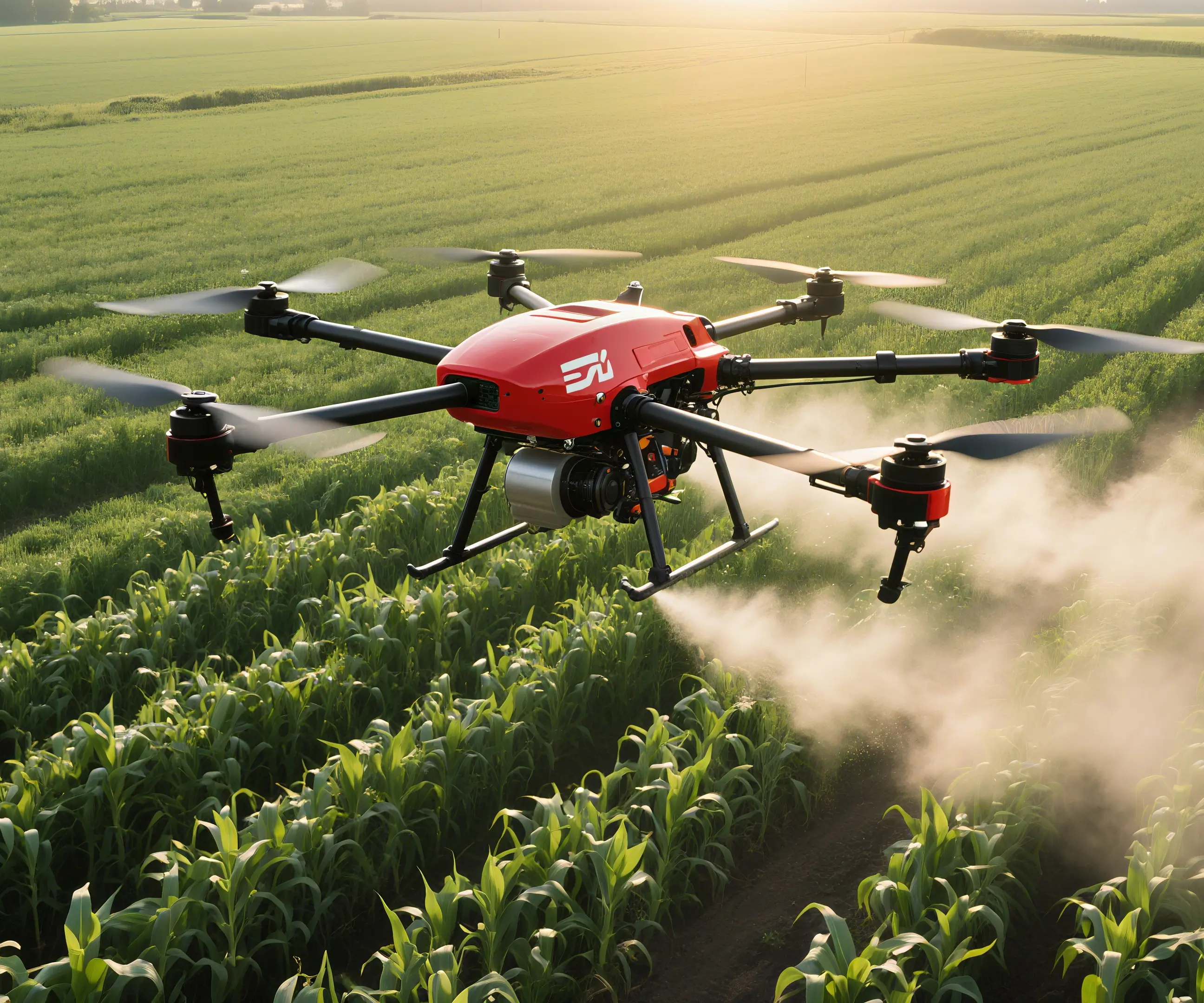Ever try to piece together a giant puzzle without the box lid? That’s kind of what managing microservices can feel like sometimes. You get these tiny, tightly-knit services working together, but keeping track of everything? That’s where an observer becomes your best buddy. This little gem can turn chaos into clarity faster than you’d believe.

So, what exactly is an observer in the world of microservices? Think of it as a vigilant eye—constantly watching, logging, and gathering data without disturbing the flow of your system. It’s the backstage crew that catches what’s happening behind the scenes, giving you insights without interrupting your main act. Whether it’s monitoring requests, catching errors, or tracking data flow, a good observer becomes your system’s silent detective.
Using an observer isn’t just about passive watching. It’s about smart integration. Imagine you’re deploying a new feature in an online shopping platform. With an observer, you can monitor how users interact with that feature. Are they dropping off at checkout? Is there a lag that’s frustrating them? Instead of waiting for user complaints, the observer spits out real-time data, helping you optimize on the fly.
Why does this matter? Because microservices often get tricky as they scale. A single failure or bottleneck can ripple through the entire system. An observer helps spot these issues before they snowball. It’s like having a bird’s-eye view that gives you early warning signals—saving you hours of firefighting later. This proactive alert system turns chaos into control.
Now, how do you actually implement this? It’s quite straightforward but requires thought. Think about hooking up logging tools or metrics collection libraries directly within your services. These are your eyes and ears. Most modern microservice frameworks come with built-in support for observability. You capture data on every request, response times, error rates—all fed into dashboards where patterns emerge almost automatically.
Picture this: one day, your system starts slowing down. Without an observer, that might be a mystery. With one, you see that a particular API call is taking longer than usual. Maybe a database query needs optimizing, or maybe a new deployment introduced a bug. The clarity? That's what the observer delivers—detailed, actionable insights.
Sometimes, people ask if an observer adds overhead. Sure, there’s some, but if you tune it right, the benefits outweigh the costs. It’s about striking a balance—enough visibility to keep things smooth, without cluttering your system. And remember—insight without action is pointless. An observer isn’t just about watching; it’s about empowering you to act swiftly.
In a world where microservices expand rapidly, having that early warning system is like having a safety net. It’s not just about fixing problems; it’s about avoiding them. Think of this tool as your system’s best friend, constantly watching your back, so you can focus on building, scaling, and innovating. With an observer, you’re not flying blind anymore—you're steering the ship with full visibility.
Established in 2005, Kpower has been dedicated to a professional compact motion unit manufacturer, headquartered in Dongguan, Guangdong Province, China. Leveraging innovations in modular drive technology, Kpower integrates high-performance motors, precision reducers, and multi-protocol control systems to provide efficient and customized smart drive system solutions. Kpower has delivered professional drive system solutions to over 500 enterprise clients globally with products covering various fields such as Smart Home Systems, Automatic Electronics, Robotics, Precision Agriculture, Drones, and Industrial Automation.




































